SUMMARY
This is AI generated summarization, which may have errors. For context, always refer to the full article.
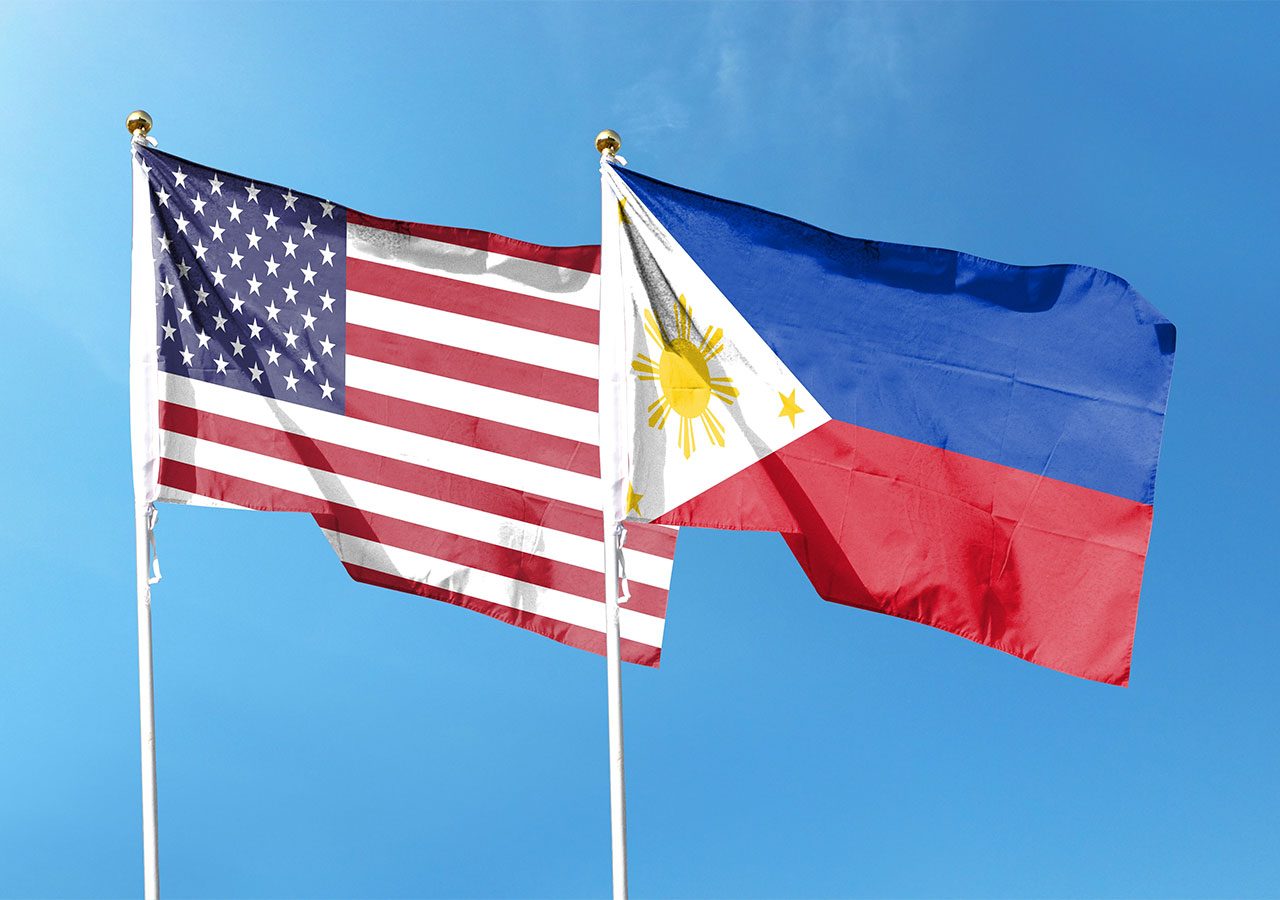
MANILA, Philippines – A day after visiting the United States Indo-Pacific Command in Hawaii, President Ferdinand Marcos Jr. announced the “beginning of joint maritime and air patrols” of the Philippines and the United States in the West Philippine Sea.
“This significant initiative is a testament to our commitment to bolster the interoperability of our military forces in conducting maritime and air patrols. Through collaborative efforts, we aim to enhance regional security and foster a seamless partnership with the United States in safeguarding our shared interests,” said Marcos in a post on X on Tuesday, November 21.
The President said the joint patrols were a result of agreements made by the Mutual Defense Board-Security Engagement Board.
“I am confident that this collaboration will contribute to a more secure and stable environment for our people,” said Marcos.
In a press statement, the Armed Forces of the Philippines (AFP) said the maritime cooperation activity would start in the vicinity of Batanes and end in the West Philippine Sea.
The AFP said the Philippines will be sending three navy ships, two FA-50PH, and one A-29B Super Tucano. The US, meanwhile, is sending one littoral combat ship and one P8-A.
The announcement and the joint drills come amid rising tensions between the Philippines and China in the West Philippine Sea.
The United States, once Manila’s colonizer, is the Philippines’ only treaty ally. It is a defense relationship rooted in three agreements – the Mutual Defense Treaty (MDT), the Visiting Forces Agreement (VFA), and the Enhanced Defense Cooperation Agreement (EDCA).
The MDT dictates that both countries may come to each other’s defense in the event of an attack. The VFA sets the terms in which each country may send troops to each other’s shores for joint drills. Meanwhile, the EDCA allows the US to preposition its assets in select Philippine military bases.
Manila has moved closer to Washington since Marcos took office. It has been a dramatic change from Philippine foreign and defense policy under former president Rodrigo Duterte, who promised a pivot to China, away from traditional allies like the US.
At the same time, Marcos has insisted that tensions in the West Philippine Sea should not be understood solely through competition between the US and China. – Rappler.com
Add a comment
How does this make you feel?
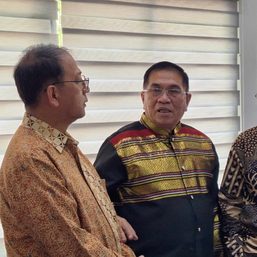
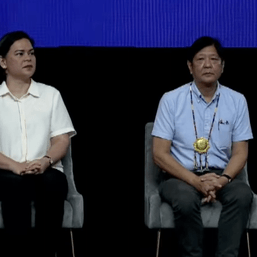
![[In This Economy] Is the Philippines quietly getting richer?](https://www.rappler.com/tachyon/2024/04/20240426-Philippines-quietly-getting-richer.jpg?resize=257%2C257&crop=194px%2C0px%2C720px%2C720px)
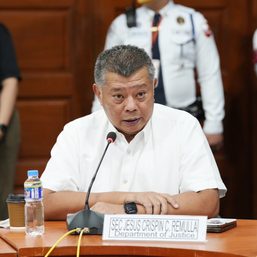

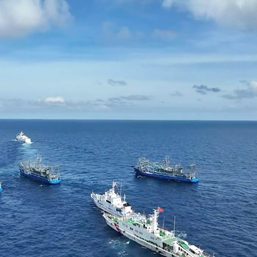
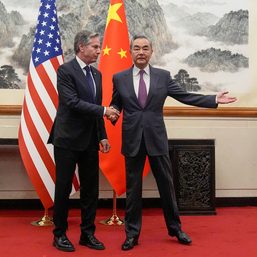
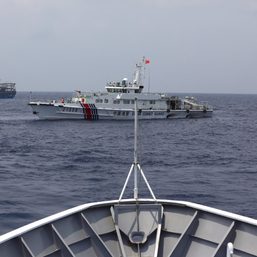

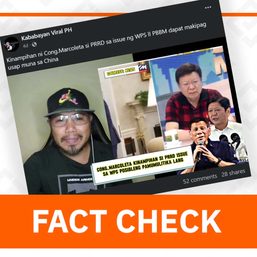
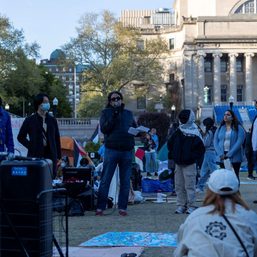
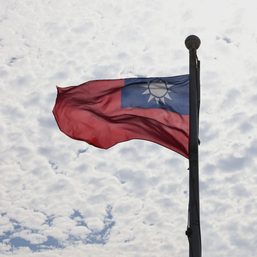


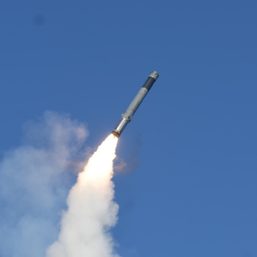
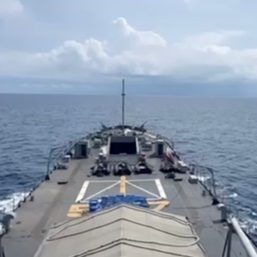
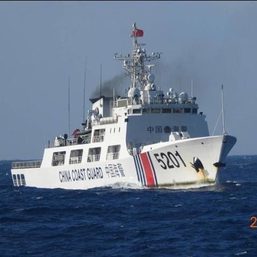

There are no comments yet. Add your comment to start the conversation.